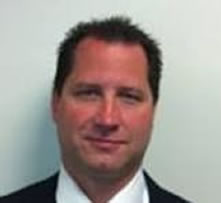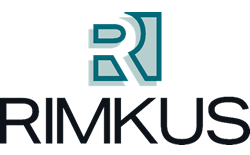Mike Wakshull is a civil and criminal court-qualified document examiner who partners with legal clients to dissect the evidence presented in handwritten and computer-generated questioned documents. His valid approach often produces winning arguments during the trial. Wakshull applies his scientific training to examine questioned documents which is a court requirement. He uses generally accepted practices such as SWGDOC and ANSI/ASB standards. His laboratory is well-equipped with high powered digital microscopes, VSC80, ESDA, high quality digital scanners, and software. He has built a large forensic reference library. Wakshull is skilled at creating and explaining complex exhibits in easy-to-understand language and pictures. His courtroom approach is to teach and engage the trial participants—opposing attorney, judge and jury.
Mike Wakshull holds a graduate school certificate in Forensic Document Examination. Since 2010 Mr. Wakshull has worked and studied in the science and discipline of Document Examination and Handwriting Analysis. He is one of only a handful of forensic document examiners with graduate school training in the science of forensic document examination. His opinion is always based on sound fundamentals of evidence. Mr. Wakshull has spoken at International and local conferences and seminars and also holds professional certifications that bring unique skills to your case. As a Certified Quality Engineer, Mr. Wakshull studied the science of variability and applied this to the analysis of handwriting and documents. As a Certified Information Systems Auditor, he applies his knowledge of information systems and technology to the analysis of documents.
Q9 Consulting, Inc. Has both an extensive research library and laboratory. Q9 Consulting, Inc. serves Southern California counties of Riverside, San Diego, Orange, San Bernardino, and surrounding regions. Mike has worked cases from 29 states and five countries. Work is accepted from all other locations.
Areas of Expertise:
- Contracts
- Wills (Printed and Holographic)
- Deeds
- Affidavits
- Employment Agreements
- Checks
- Insurance Claims
- Social Security Cards
- Anonymous Letters
- Crime Scene Writing
| - Notarized Writing
- Photographs
- Threatening Letters
- Graffiti
- Altered Documents
- Handwritten Notes
- Computer Generated Pages
- Medical Records
- Loan documents
- Robo signed documents
|
View Mike Wakshull's Consulting Profile.
By: Mike Wakshull
You have hired a forensic examiner to analyze evidence for your civil case. After a thorough examination of the evidence, the forensic examiner delivers a weak forensic opinion toward favoring your theory of the case. Will the examiner's weak opinion help you in trial?
By: Mike Wakshull
Generally, document examiners state that a source signatures is needed to show that the signature on a document is cut from another document then pasted onto the document in question. In this case study, a technique is presented to demonstrate how a cut-and-paste was discovered without the source signature.
By: Mike Wakshull
When she was a girl, the young woman had emigrated with her family to the United States from her home country in Africa. She grew up in the northeastern USA and was now attending college. As part of her application for United States citizenship she must present her birth certificate. Her father sent the birth certificate to her. The birth certificate had apparent alterations. Government officials refused to accept the birth as valid because her appearance did not match the age on the birth certificate. She was born in 1994 yet birth certificate appears to state her year of birth as 1984.
By: Mike Wakshull
The divorce had been finalized 15 years earlier. The husband had moved on with his life. He was happily remarried and enjoying his retirement years. The ex-wife could not let go. She sued in the Superior Court of Los Angeles claiming the husband would not relinquish rights to real property and other interests that had been part of the divorce settlement.
By: Mike Wakshull
The decedent signed a life insurance beneficiary form a few weeks after having brain surgery. The plaintiff claimed the signature was not executed by the decedent. The defense claimed that the decedent had signed the document and the differences are attributed to the effects of brain surgery.
By: Mike Wakshull, MS, CQE, PMP, CISA
As with any other profession, document examiners have a range of expertise and experience. As important as it is for your client to make a clear assessment of your abilities, it is up to you to determine in advance, with a high degree of accuracy, whether the document examiner you plan to hire will perform the most accurate assessments and be ready to back up those assessments with a scientifically repeatable methodology in court.
By: Mike Wakshull, MS, CQE, PMP, CISA
None of us wants to feel that our opinions are tainted by bias. The ability to recognize when bias is an influence in an expert's opinion and the skill of an expert to overcome his or her biases is integral to an expert's credibility.
Michael Wakshull
The Most Dangerous Animal of All was co-written by the estranged son of California’s infamous Zodiac killer to reveal his father’s true identity. When the book hit the streets the skeptics were in full force. Just like those who mocked the boy who cried wolf, no one could blame them. Too many people had already claimed to either be the killer or to know who he really was.
Michael Wakshull
Forensic document examination, performed correctly, is a reliable discipline that can demonstrate the innocence of your client or the guilt of your opponent. Used strategically, it can help you settle out of court. When court is necessary, your document examiner can present a case so clearly that the outcome is beyond doubt. To achieve this, your document examiner must be proficient in the latest techniques and adept at reporting results.
5/16/2014
" Q9 Consulting, Inc. announces the release of a new book, The End of the Zodiac Mystery, How Forensic Science Helped Solve One of the Most the Most Infamous Serial Killer Cases of the Century by Michael Wakshull."
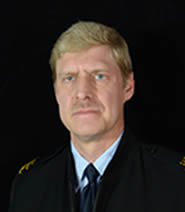



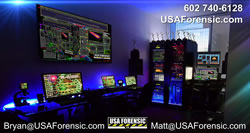







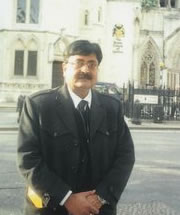
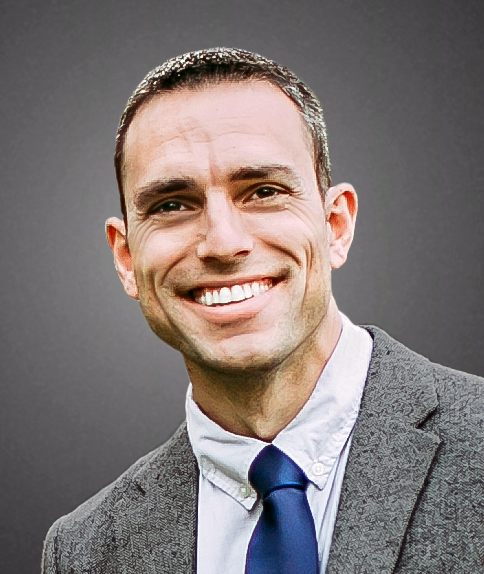 Nick Barreiro, BAC, AVFA, DIVRT, AFCE, Chief Forensic Analyst, is a Certified Audio Video Forensic Analyst and an FBI-trained member of the Digital Imaging and Video Recovery Team. During his 15-year law enforcement career, he was a patrol sergeant, technology project manager, media forensics expert, detective, digital evidence specialist, and patrol officer. Prior to his career in law enforcement, Mr. Barreiro was an audio engineer and producer in California. He also worked for KBMB radio in Sacramento and has extensive experience and training in audio enhancement and analysis.
Nick Barreiro, BAC, AVFA, DIVRT, AFCE, Chief Forensic Analyst, is a Certified Audio Video Forensic Analyst and an FBI-trained member of the Digital Imaging and Video Recovery Team. During his 15-year law enforcement career, he was a patrol sergeant, technology project manager, media forensics expert, detective, digital evidence specialist, and patrol officer. Prior to his career in law enforcement, Mr. Barreiro was an audio engineer and producer in California. He also worked for KBMB radio in Sacramento and has extensive experience and training in audio enhancement and analysis.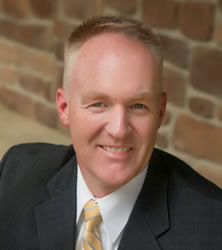 Committed to fostering education and promoting justice, both Todd Welch and Gerry Laporte contribute to the advancement of forensic science through leadership roles, including service on the BOD for the American Board of Forensic Document Examiners and American Society of Questioned Document Examiners; served as the 40th President of the Midwestern Association of Forensic Scientists (Welch); and served as members of the National Institute of Justice Forensic Science Technology Working Group.
Committed to fostering education and promoting justice, both Todd Welch and Gerry Laporte contribute to the advancement of forensic science through leadership roles, including service on the BOD for the American Board of Forensic Document Examiners and American Society of Questioned Document Examiners; served as the 40th President of the Midwestern Association of Forensic Scientists (Welch); and served as members of the National Institute of Justice Forensic Science Technology Working Group.